The greenhouse effect happens when certain gases, which are known as greenhouse gases, accumulate in Earth's atmosphereGreenhouse gases include carbon dioxide (CO 2), methane (CH 4), nitrous oxide (N 2 O), ozone (O 3), and fluorinated gases Greenhouse gases allow the sun's light to shine onto Earth's surface, and then the gases, such as ozone,You are About to View Greenhouse Gas Quantities from Suppliers Important Information about this Data Set Suppliers are facilities or entities that supply certains products (eg, fossil fuels or industrial gases) into the economy that, when combusted, released, or8 rows Greenhouse gas Chemical formula Global Warming Potential, 100year time horizon Atmospheric

The Deepest Cuts The Economist
Greenhouse gases list
Greenhouse gases list- Greenhouse gases are gases in Earth's atmosphere that trap heat They let sunlight pass through the atmosphere, but they prevent the heat that the sunlight brings from leaving the atmosphere The main greenhouse gases are Water vapor; This graph shows the heating imbalance in watts per square meter relative to the year 1750 caused by all major humanproduced greenhouse gases carbon dioxide, methane, nitrous oxide, chlorofluorocarbons 11 and 12, and a group of 15 other minor contributors




E 3 2 List The Main Greenhouse Gases Their Sources And Discuss Their Relative Effects Youtube
The clear effect of the greenhouse gases is the stable heating of Earth's atmosphere and surface, thus, global warming The ability of certain gases, greenhouse gases, to be transparent to inbound visible light from the sun, yet opaque to the energy radiated from the earth is one of the best still events in the atmospheric sciences The 'greenhouse effect' is the warming of climate that results when the atmosphere traps heat radiating from Earth toward space Certain gases in the atmosphere resemble glass in a greenhouse, allowing sunlight to pass into the 'greenhouse,' but blocking Earth's heat from escaping into space The gases that contribute to the greenhouse effect include water vapor,Of the greenhouse gases, carbon dioxide (CO 2) is the most prominent Sources of atmospheric CO 2 include volcanoes, the combustion and decay of organic matter, respiration by aerobic (oxygenusing) organisms, and the burning of fossil fuels, clearing of
The term "greenhouse gases," or GHGs, covers a wide variety of gases that, once they are released into the atmosphere, trap the sun's heat When the sun's energy reaches the Earth's atmosphere, some of it is reflected back to space and the rest is absorbed and trapped in the lower atmosphere, heating the EarthIn the context of contributions of different gases to atmospheric warming the concept of global warming potential (GWP) can be useful GWP is a measure of how much energy a greenhouse gas would add to atmospheric warming in a given time compared to CO 2 A molecule's GWP depends on three factors the wavelengths where the molecule absorbsGreenhouse gases come from all sorts of everyday activities, such as using electricity, heating our homes, and driving around town The graph to the right shows which activities produce the most greenhouse gases in the United States These greenhouse gases don't just stay in one place after they're added to the atmosphere
› en español Scientists attribute the global warming trend observed since the mid th century to the human expansion of the "greenhouse effect" 1 — warming that results when the atmosphere traps heat radiating from Earth toward space Certain gases in the atmosphere block heat from escaping Longlived gases that remain semipermanently in the atmosphere Greenhouse gases are gases in the Earth's atmosphere that produce the greenhouse effect Changes in the concentration of certain greenhouse gases, from human activity (such as burning fossil fuels), increase the risk of global climate change Greenhouse gases include water vapor, carbon dioxide (CO 2 ), methane, nitrous oxide, halogenated Most of these humancaused (anthropogenic) greenhouse gas emissions were carbon dioxide (CO2) from burning fossil fuels Concentrations of CO2 in the atmosphere are naturally regulated by many processes that are part of the global carbon cycle




The Main Greenhouse Gases Climate Change




Greenhouse Gas Emissions Wikipedia
Greenhouse Gases Examples The Primary GHGs are Water vapor Carbon dioxide Methane Nitrous oxide Ozone Other GHGs are carbon monoxide, fluorinated gases, chlorofluorocarbons (CFCs), black carbon (soot), and brown carbon Among the greenhouse gases, only water vapor can absorb both incoming (UV) and outgoing (infrared) radiationLet's consider the principal GHGs one at a time, starting with water vapor, the most abundant greenhouse gas in the atmosphere according to NOAA's National Climatic Data Center (NCDC) Water Vapor Carbon Dioxide (CO 2) Methane (CH 4) Nitrous oxide (N 2 O) Fluorinated Gases (HFCs, PFCs, SF 6) References and ResourcesGreenhouse gases that occur both naturally and from human activities include water vapor, carbon dioxide (CO 2), methane (CH 4), nitrous oxide (N 2 O) and ozone (O 3)



Q Tbn And9gcqob5akx 2xithdb3seiv5jyef5ryrbg3xvzguy4p57lypo5m0p Usqp Cau




Sources Of Greenhouse Gas Emissions Us Epa
Texas leads US in greenhouse gas emissions As the nation's light switch and gas pump, Texas releases far more greenhouse gases intoNonattainment Significant Emissions and Fact Sheet – PSD Applicability – Greenhouse Gases • Two types of "major stationary source" 1 Named A stationary source category listed in 40 CFR § (b)(1) with the potential to emit (PTE) 100 tons per year (tpy) or more of a regulated pollutant See Fact Sheet – PSD andLearners will draw conclusions about the effect of greenhouse gases on temperature and on human life and kinesthetically model the absorbing and reradiation of heat The lesson models scientific inquiry using the 5E instructional model and includes teacher notes, prerequisite concepts, common misconceptions, student journal and reading




Greenhouse Gases Science And Technology Vol 10 No 3
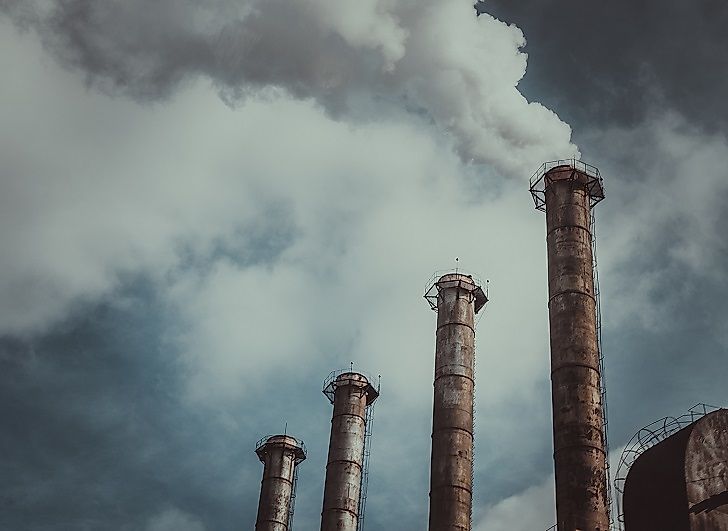



List Of Greenhouse Gases Worldatlas
Greenhouse gases are components of the atmosphere that contribute to the greenhouse effect Some greenhouse gases occur naturally in the atmosphere, while others result from human activities suchIn general, fluorinated gases are the most potent and longest lasting type of greenhouse gases emitted by human activities There are four main categories of fluorinated gases—hydrofluorocarbons (HFCs), perfluorocarbons (PFCs), sulfur hexafluoride (SF 6 ), and nitrogen trifluoride (NF 3 )Greenhouse gases are gases—like carbon dioxide (CO 2), methane, and nitrous oxide—that keep the Earth warmer than it would be without themThe reason they warm the Earth has to do with the way energy enters and leaves our atmosphereWhen energy from the




Greenhouse Gases U S Energy Information Administration Eia



Total Greenhouse Gas Emission Trends And Projections In Europe European Environment Agency
The greenhouse gasses present in the atmosphere are water vapor, carbon dioxide, methane, nitrous oxide, chlorofluorocarbons, and ozone The concentrations of greenhouse gasses in the atmosphere is determined by the balance between sources of greenhouse gasses and their removal from their atmosphereAs we discussed in the previous sections, total greenhouse gas emissions are the sum of emissions of various gases carbon dioxide, methane, nitrous oxide, and smaller trace gases such as hydrofluorocarbons (HFCs) and sulfur hexafluoride (SF 6) How much does each gas contribute to global greenhouse gas emissions?Since the Industrial Revolution, rising emissions of greenhouse gases —including carbon dioxide, methane, nitrous oxide, and others—have been the driving force behind climate change Who is



Greenhouse Gases The Environment




List Of 10 Human Causes Of Global Warming For Reusethisbag Com
Switching to natural gas is an improvement over coal, but a transition to zeroemission sources of energy and heat (solar, wind, geothermal or nuclear) is needed to fully clean up our energy system Agriculture & Land Roughly onefifth of all global greenhouse gas emissions come from our use of land, mainly from deforestation and emissionsTo prevent severe climate change we need to rapidly reduce global greenhouse gas emissions The world emits around 50 billion tonnes of greenhouse gases each year measured in carbon dioxide equivalents (CO 2 eq) 1 To figure out how we can most effectively reduce emissions and what emissions can and can't be eliminated with current technologies, we need to firstThe next largest contribution comes from industry, which includes electricity and heating used by the industrial sector and greenhouse gases released as a byproduct of cement production, chemical processing, and other industrial processes Energy supply and industry combine for nearly half of the greenhouse gas emissions




List Of Countries By Greenhouse Gas Emissions Wikipedia Greenhouse Gas Emissions Greenhouse Gases Emissions
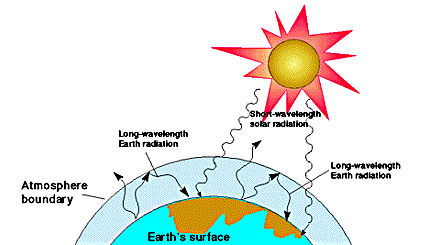



Greenhouse Effect Its Causes And Effect List Of Greenhouse Gases
Global Greenhouse Gas Emissions/ Impacts of Greenhouse Gases Levels of global greenhouse gases are increasing rapidly in the atmosphere Global emissions increased 59% in 10 compared to 09; Carbon dioxide, the heattrapping greenhouse gas that has driven recent global warming, lingers in the atmosphere for hundreds of years, and the planet (especially the oceans) takes a while to respond to warming So even if we stopped emitting all greenhouse gases today, global warming and climate change will continue to affect future generations Fluorinated gases — gases to which the element fluorine has been added — are created during industrial processes and are also considered greenhouse gases These include hydrofluorocarbons,




Greenhouse Effect High Res Stock Images Shutterstock



30 Catchy Greenhouse Gas Slogans List lines Phrases Names 21
The greenhouse gases that humans do emit directly in significant quantities are Carbon dioxide (CO2) Accounts for around threequarters of the warming impact of current human greenhousegasLargest increase in emissions in any year since Industrial Revolution Combustion of coal made up more than half of growth in emissions Greenhouse Gases Carbon Dioxide, Water Vapor, Nitrous Oxide, Aerosols Share of Global GHG Emissions 15% A jet airliner leaves condensation trails in the sky The trails are formed by soot and water vapor from the plane engines which burn kerosene




Lists Of Green House Gases Download Table



Chapter 7 The Greenhouse Effect
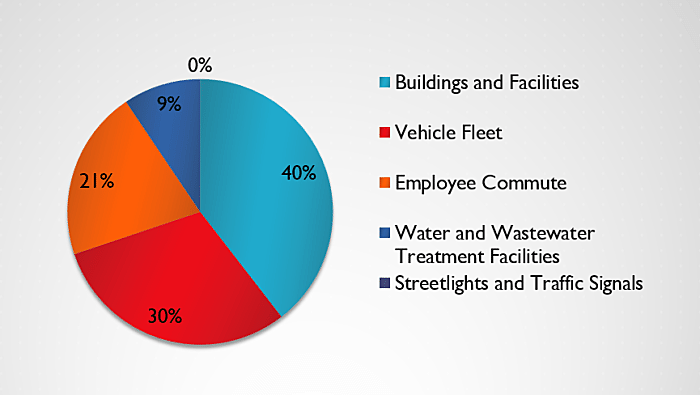



Missoula County Greenhouse Gas Survey Commuters Jail Sheriff Top Emissions List Missoula Current
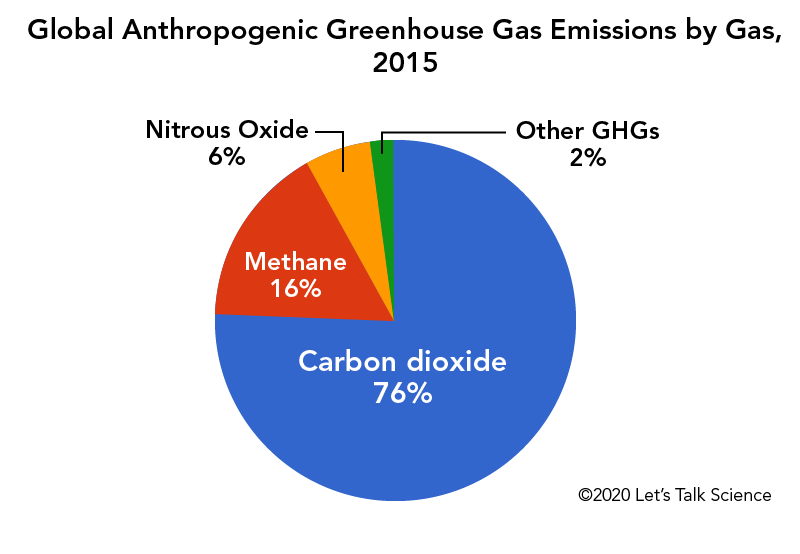



Cows Methane And Climate Change Let S Talk Science




Overview Of Greenhouse Gases Us Epa




Greenhouse Gases Bioninja
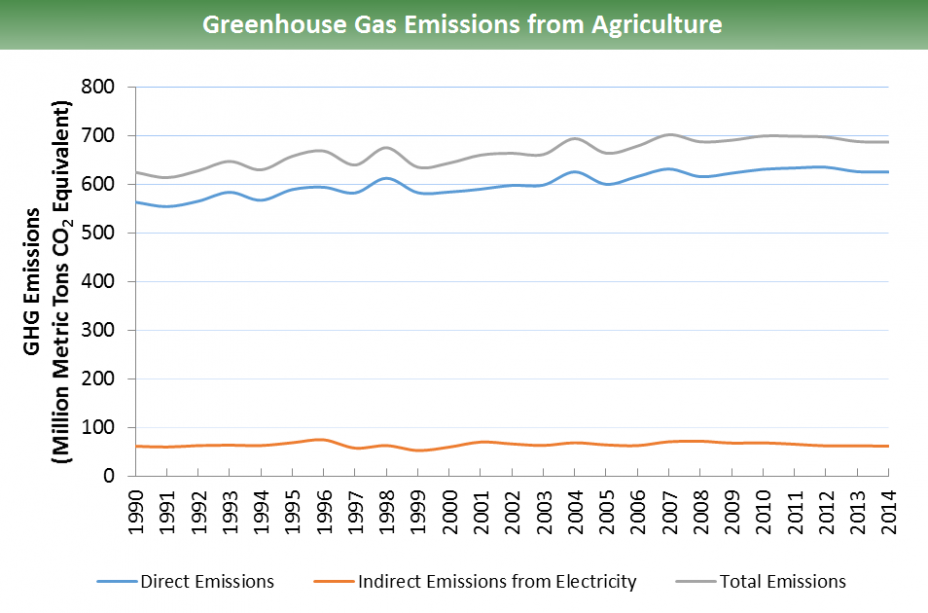



Sources Of Greenhouse Gas Emissions Greenhouse Gas Ghg Emissions Us Epa



What Are The Natural Sources Of Greenhouse Gases Quora




File Greenhouse Gas Emissions By Economic Activity 12 1 000 Tonnes Of Co2 Equivalents Yb14 Png Statistics Explained
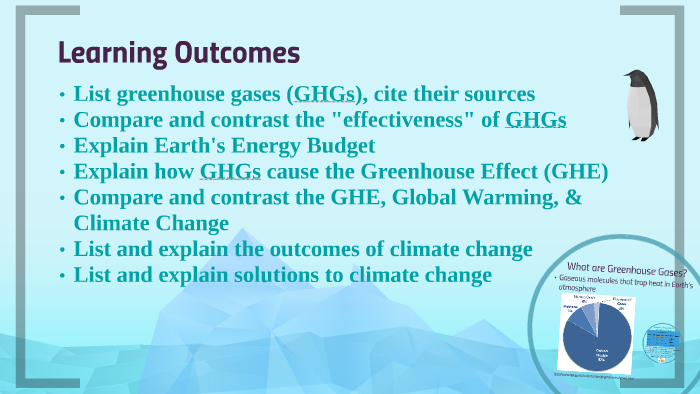



Greenhouse Gases Climate Change By Sarah Duffer



Climate Science Investigations South Florida Energy The Driver Of Climate



1




Carbon Dioxide Methane Nitrous Oxide And The Greenhouse Effect Conservation In A Changing Climate
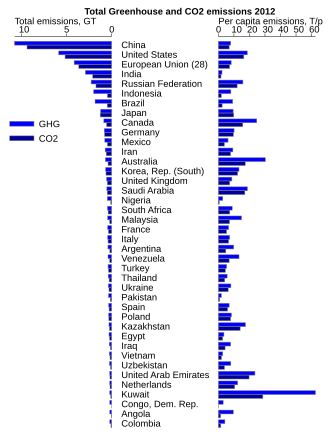



Greenhouse Gas Emissions Wikipedia




Climate Change Global Overview The Conscious Challenge
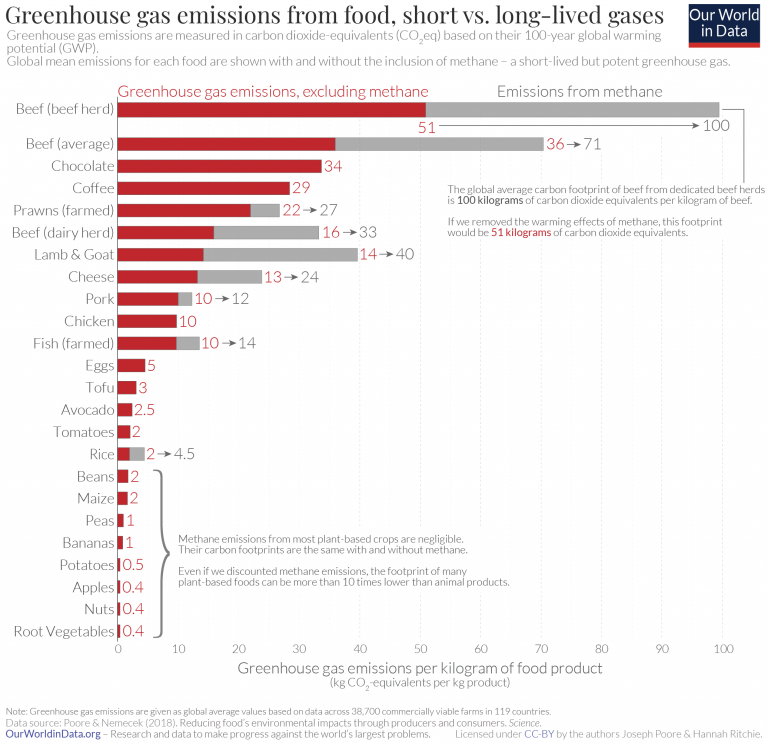



The Carbon Footprint Of Foods Are Differences Explained By The Impacts Of Methane Our World In Data
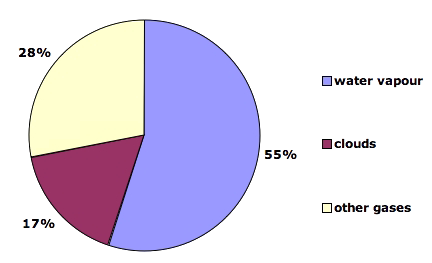



What Gases Are Greenhouse Gases Jean Marc Jancovici
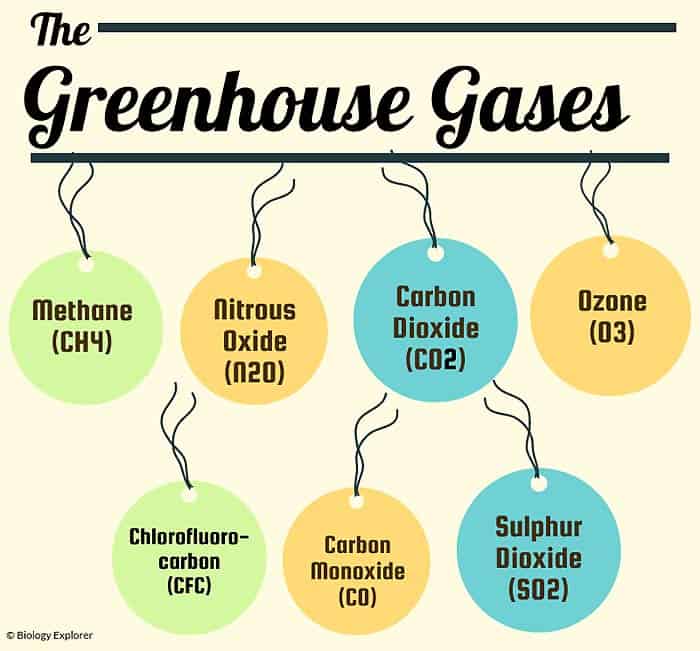



Types Of Greenhouse Gases Definition And Effects On Climate Change
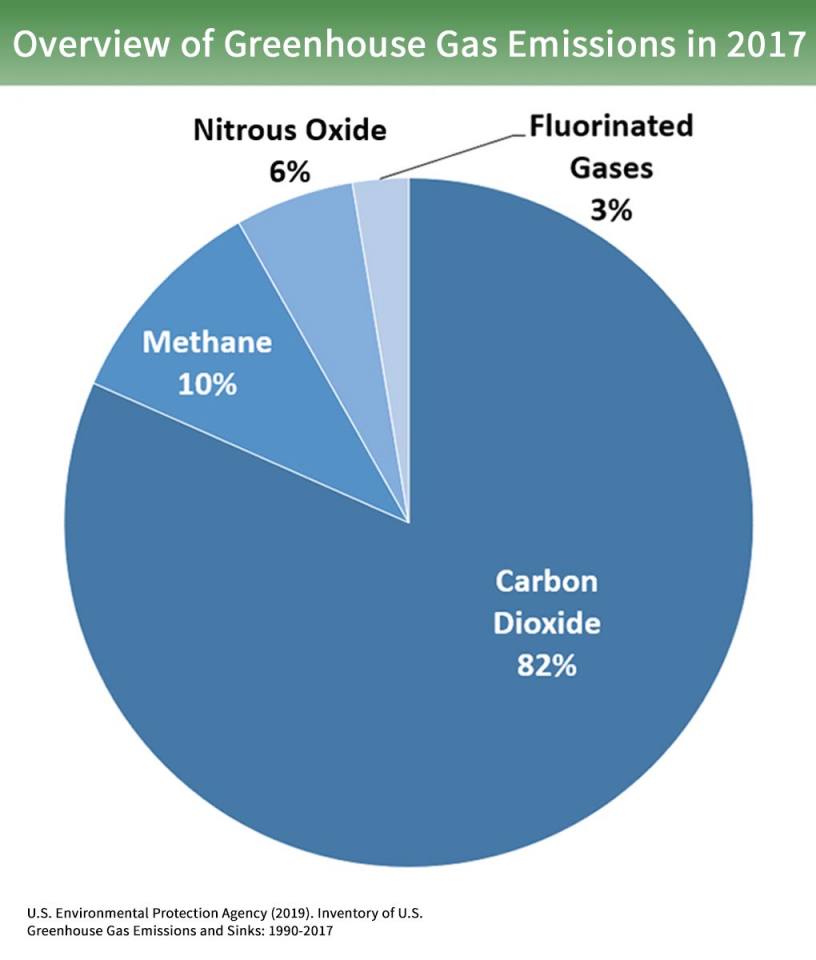



The Greenhouse Effect British Geological Survey




Greenhouse Gases Factsheet Center For Sustainable Systems




Greenhouse Gas Wikipedia




The Deepest Cuts The Economist




List Of Measured Greenhouse Gases And Starting Date Of Measurement Download Table




E 3 2 List The Main Greenhouse Gases And Their Sources And Discuss Their Relative Effects Youtube




Carbon Footprint Factsheet Center For Sustainable Systems




Greenhouse Gas Wikipedia




Wikizero Climate Change




Greenhouse Gas Emissions Wikipedia




Carbon Footprint Factsheet Center For Sustainable Systems



Greenhouse Gases And Temperature




Global Greenhouse Gas Emissions Data Us Epa




Greenhouse Gas Wikipedia



30 Catchy Funny On Greenhouse Gases Slogans List lines Phrases Names 21



Q Tbn And9gcrevtfvebbghz5zkkbq1akjhfs4 Gwdrbwpqnmfiixo2oqlgyw8 Usqp Cau




What Are Hydrofluorocarbons Eia Global
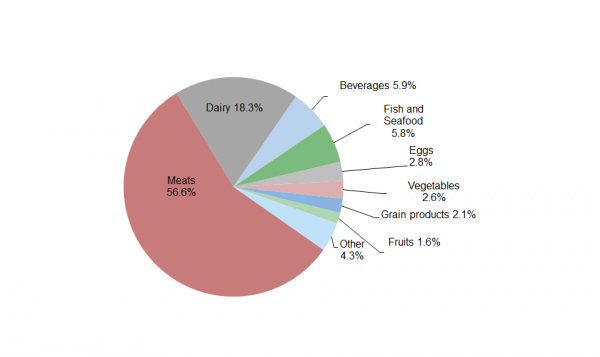



Carbon Footprint Factsheet Center For Sustainable Systems




Greenhouse Gas Emission Statistics Air Emissions Accounts Statistics Explained




These Are The Causes Of Greenhouse Gases Greenhouse Gases List Of Positive Words Greenhouse Gas Emissions




Greenhouse Gases Ghg Emissions List Of Major Energy Unit Ton Download Scientific Diagram
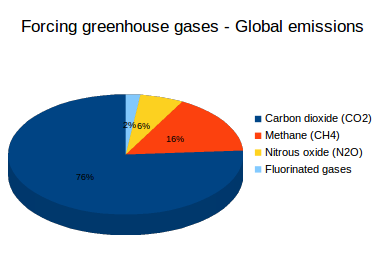



What Are Greenhouse Gases What S Your Impact




E 3 2 List The Main Greenhouse Gases Their Sources And Discuss Their Relative Effects Youtube
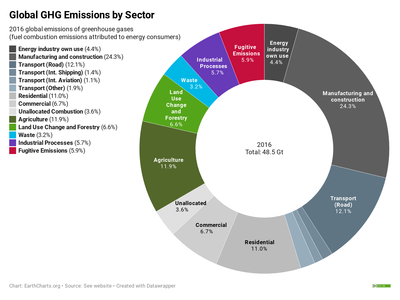



Greenhouse Gas Emissions Wikipedia




Overview Of Greenhouse Gases Us Epa




Dr Robert Rohde It S A Good Question I Believe All Greenhouse Gases Other Than Co2 Ch4 N2o And O3 H2o Are Negligible Before Man I Know There Are Some




Workshop Report Nacp Synthesis Project Spatial And Temporal
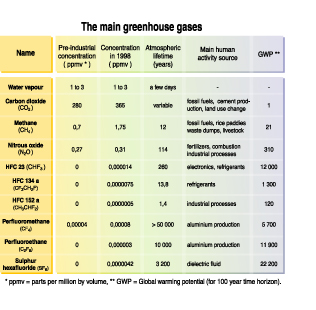



Main Greenhouse Gases Grid Arendal



30 Catchy Reducing Greenhouse Gas Emissions Slogans List lines Phrases Names 21




Greenhouse Effect 101 Nrdc




Overview Of Greenhouse Gases Us Epa




Greenhouse Gases List Global Warming Contributors




Overview Of Greenhouse Gases Us Epa




Climate Change Annual Greenhouse Gas Index Noaa Climate Gov




Chart The Carbon Footprint Of The Food Supply Chain
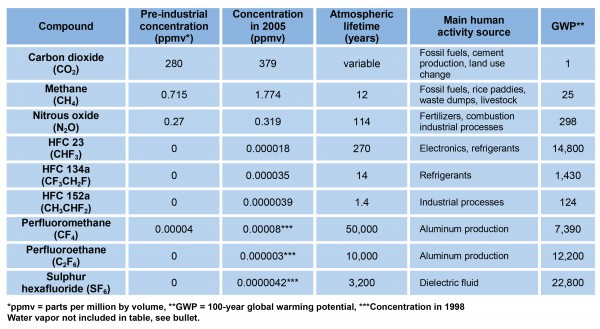



A Global Energy Transition




Climate Change Global Overview The Conscious Challenge



File Greenhouse Gas Summary Png Wikimedia Commons



Greenhouse Gas Emissions Wikipedia




Greenhouse Gases Bioninja




Yaxis Skip Every 3 Boxes Atmosphere Line Graph




Sources Of Greenhouse Gas Emissions Us Epa



Snippets
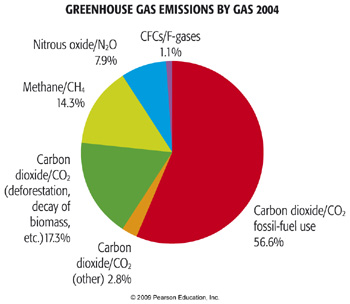



Anthropogenic Greenhouse Gas Emissions Meteo 469 From Meteorology To Mitigation Understanding Global Warming




Greenhouse Effect 2 6 2b Explain The Concept Of The Greenhouse Effect Including A List Of Specific Greenhouse Gases And Why Co2 Is Most Often The Focus Ppt Download
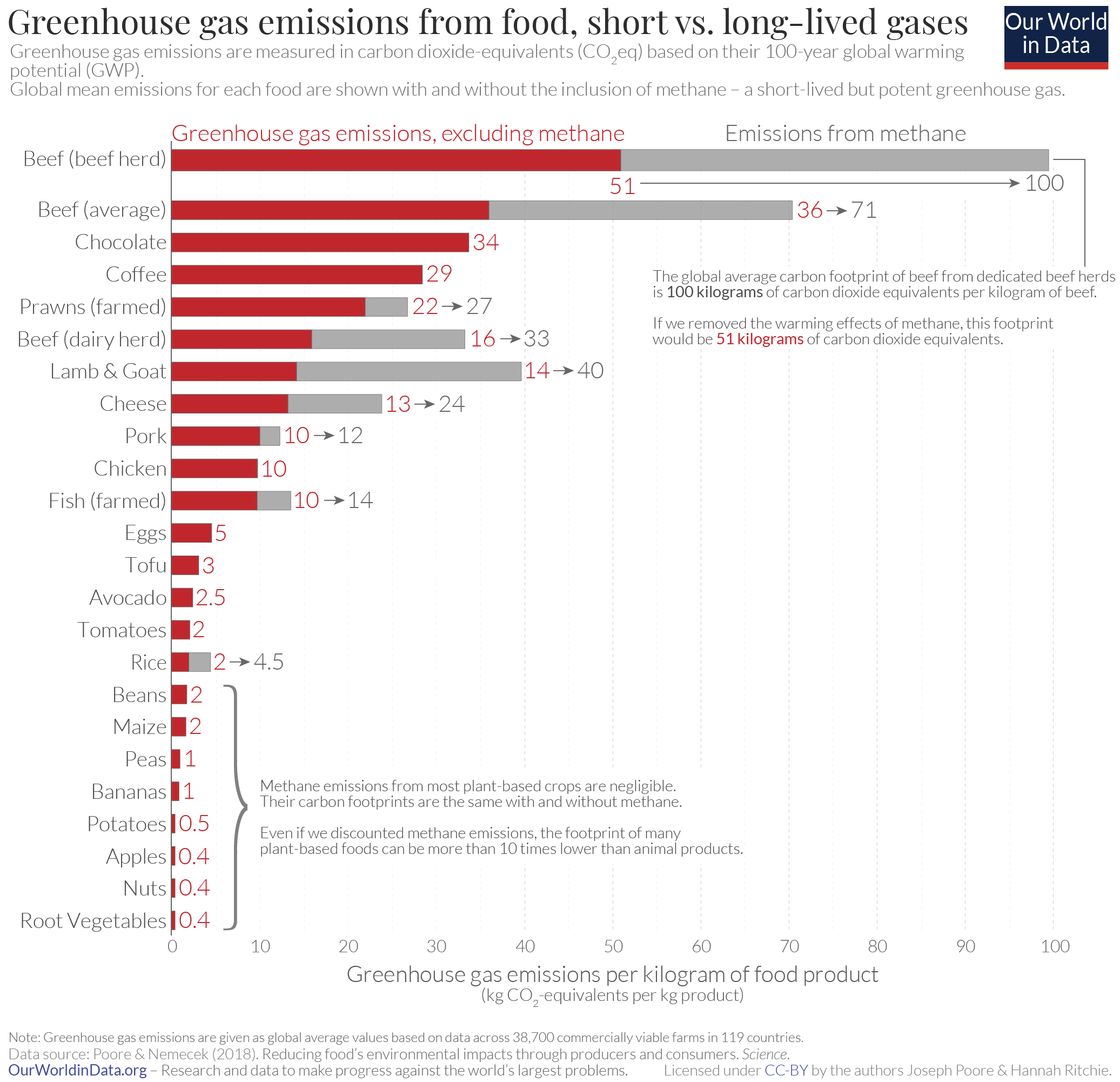



The Carbon Footprint Of Foods Are Differences Explained By The Impacts Of Methane Our World In Data




List Of 10 Human Causes Of Global Warming For Reusethisbag Com



30 Catchy Controlling Greenhouse Gas Slogans List lines Phrases Names 21




Sources Of Greenhouse Gas Emissions Us Epa




Overview Of Greenhouse Gases Us Epa




Greenhouse Gases Factsheet Center For Sustainable Systems




Greenhouse Gas Wikipedia




A Global Breakdown Of Greenhouse Gas Emissions By Sector




Overview Of Greenhouse Gases Us Epa




Greenhouse Gas Definition Emissions Greenhouse Effect Britannica




Greenhouse Gas Sources




Fluorinated Greenhouse Gases F Gases Eu Regulated List Heating And Process
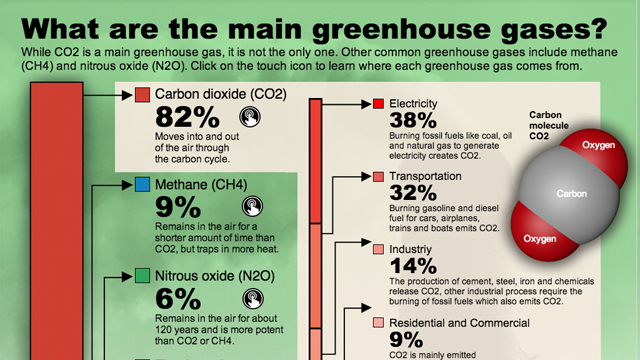



What Are Greenhouse Gases And Where Do They Come From Kqed




What Are Greenhouse Gases Main Sources And Climate Impact




Which Gases Are Greenhouse Gases American Chemical Society



Ways To Reduce Your Carbon Footprint




Food Production Is Responsible For One Quarter Of The World S Greenhouse Gas Emissions Our World In Data




Greenhouse Gases Ghg Emissions List Of Major Energy Unit Ton Download Scientific Diagram




Sources Of Greenhouse Gas Emissions Us Epa




Carbon Dioxide Methane Nitrous Oxide And The Greenhouse Effect Conservation In A Changing Climate




Overview Of Greenhouse Gases Us Epa



Greenhouse Gas Emissions Our World In Data




Greenhouse Gas Definition Emissions Greenhouse Effect Britannica




Ipcc List Of Greenhouse Gases Wikiwand



Q Tbn And9gcs3 Vn3xnwnq9ifctpyrsa2ofh2ymxfw2rxlcy7frr77uflqr Usqp Cau



Greenhouse Gases




How Do Greenhouse Gases Contribute To Global Warming



0 件のコメント:
コメントを投稿